Lantana Plant (Lantana camara) Health Benefits and How to Uses as a Herb

Lantana camara, commonly known as common lantana, is a species of flowering plant within the Verbena family (Verbenaceae). It is native to Africa, America, the Caribbean, and tropical / sub-tropical countries worldwide. Lantana leaves can display antimicrobial, fungicidal and insecticidal properties. L. camara has also been used in traditional herbal medicines for treating a variety of ailments, including cancer, skin itches, leprosy, chicken pox, measles, asthma and more.
Common names include Kashin Kuda(Hausa) Cariaquillo (Boriken, Puerto Rico), Visepo (Zambia), Spanish flag, big-sage (Malaysia), Putush (West Bengal), Kongini (Kerala)
Health Benefits Lantana Plant (Lantana camara)
- Alleviate Skin Disorders: Lantana has been used to soothe inflamed skin conditions such as eczema. A decoction made from the plant’s leaves and stems can be applied topically to alleviate itching and redness.
- Good for Bones and Joints: Lantana contains compounds that may benefit bone health and joint function.
- Astringent Properties: The plant has astringent properties, which can help tighten tissues and reduce inflammation.
- Treatment for Cough: Lantana has been traditionally used to treat coughs and respiratory issues.
- Pain Relief: It may have analgesic effects and can be used for pain relief.
- Antioxidant Properties: Lantana contains antioxidants that help prevent free radical damage.
- Digestive Health: It may improve digestive system health.
- Stomach Medicine: Lantana has been used as a remedy for stomach-related issues.
- Appetite Enhancement: It may increase appetite.
- Detoxification: Lantana is believed to help remove toxins from the body.
- Toothache Relief: It has been used to treat toothache.
- Repelling Insects: Lantana has insect-repelling properties.
Remember that while Lantana has potential health benefits, it’s essential to consult with a healthcare professional before using it for any specific condition. Additionally, be cautious about its toxicity to livestock and its invasive nature in certain ecosystems
The Chemical composition of the Lantana Plant (Lantana camara)
The Lantana camara plant, known for its medicinal properties, contains a variety of chemical constituents. Here’s a summary of its chemical composition:
- Triterpenoids: These are a class of chemical compounds that are a type of terpene with a specific structure. They have various biological activities and are found in many plants.
- Alkaloids: Alkaloids are naturally occurring chemical compounds that contain basic nitrogen atoms. They have a wide range of pharmacological effects on humans and animals.
- Glycosides: These are molecules in which a sugar is bound to a non-carbohydrate moiety, usually a small organic molecule. Glycosides play numerous important roles in living organisms.
- Steroids: Steroids are a large class of organic compounds with a characteristic molecular structure containing four rings of carbon atoms.
- Saponins: Saponins are a class of chemical compounds found in particular abundance in various plant species. They are known for their soap-like foaming when shaken in aqueous solutions.
- Flavonoids: Flavonoids are a group of plant metabolites thought to provide health benefits through cell signalling pathways and antioxidant effects.
- Coumarins: Coumarins are aromatic organic chemical compounds in the benzopyrone chemical class, which is a colourless crystalline substance in its standard state.
- Proteins: Proteins are essential nutrients for the human body. They are one of the building blocks of body tissue and can also serve as a fuel source.
- Anthraquinones: These are a class of naturally occurring phenolic compounds based on the 9,10-anthraquinone skeleton.
These compounds contribute to the various medicinal properties of Lantana camara, such as its use in treating skin disorders, coughs, and digestive issues. However, it’s important to note that some parts of the plant can be toxic, so it should be used with caution and under the guidance of a healthcare professional
How to use Lantana Plant (Lantana camara) as Herbal Medicine
Lantana camara can be used in various ways for its medicinal properties. Here are some methods of preparation and usage:
- Tea: Dry the leaves and stems of the plant and use them to make a herbal tea. This can be helpful for digestive issues and to soothe respiratory conditions.
- Essential Oils: Extract the essential oils from the plant for use in aromatherapy, which can aid in relaxation and stress relief.
- Topical Application: Prepare a decoction or paste from the leaves to apply topically for treating skin conditions such as eczema, rashes, and infections.
- Inhalation: The leaves can be boiled, and the steam can be inhaled to relieve symptoms of colds and coughs.
- Compress: A compress made from the leaves can be applied to reduce swelling and relieve pain.
Dosage
- Herbal Tea:
- Steep about 1-2 teaspoons of dried Lantana leaves and stems in a cup of hot water.
- Drink this 1-2 times a day.
- Adjust the dosage based on individual tolerance and response.
- Tincture:
- Prepare an alcohol-based tincture from Lantana.
- Take 15-30 drops (approximately 1/4 to 1/2 teaspoon) of the tincture, 2-3 times a day.
- Follow the recommended dosage carefully, as tinctures are concentrated extracts.
- Topical Application:
- For wound healing, apply a decoction or paste made from Lantana leaves directly to the affected area.
- The dosage depends on the wound size and severity
It’s important to note that while Lantana camara has been used traditionally in various cultures, it should be used with caution due to its potential toxicity. Always consult with a healthcare professional before using any plant for medicinal purposes, especially if you are pregnant, nursing, or taking other medications
Safety and side effects of Lantana plant
Lantana camara has been used traditionally for its medicinal properties, it’s important to be aware of its safety and potential side effects:
- Toxicity: The plant contains toxic compounds that can cause liver damage and other health problems. Ingestion of the flowers, fruits, and leaves can lead to vomiting, diarrhoea, difficulty breathing, and liver failure.
- Skin Irritation: Contact with the leaves can cause contact dermatitis, a type of skin irritation.
- Pregnancy and Breastfeeding: Pregnant and breastfeeding women should avoid using Lantana camara, as it may cause harm to the developing fetus or infant.
- Liver Disease: People with liver disease or other health conditions should consult with a healthcare professional before using Lantana camara.
- Fire Hazard: It is a source of fire hazard in hilly areas since it can catch fire even when green.
- Invasive Nature: The plant is known to be invasive and can disrupt natural vegetation and agriculture production.
- Livestock Poisoning: Lantana also contains a toxic compound Lantadene C which causes hepatic lesions in livestock.
External links
Health Benefits Lantana Plant (Lantana camara)
The Chemical composition of Lantana Plant (Lantana camara)
How to use Lantana Plant (Lantana camara)
Safety and Side Effects of Lantana Plant

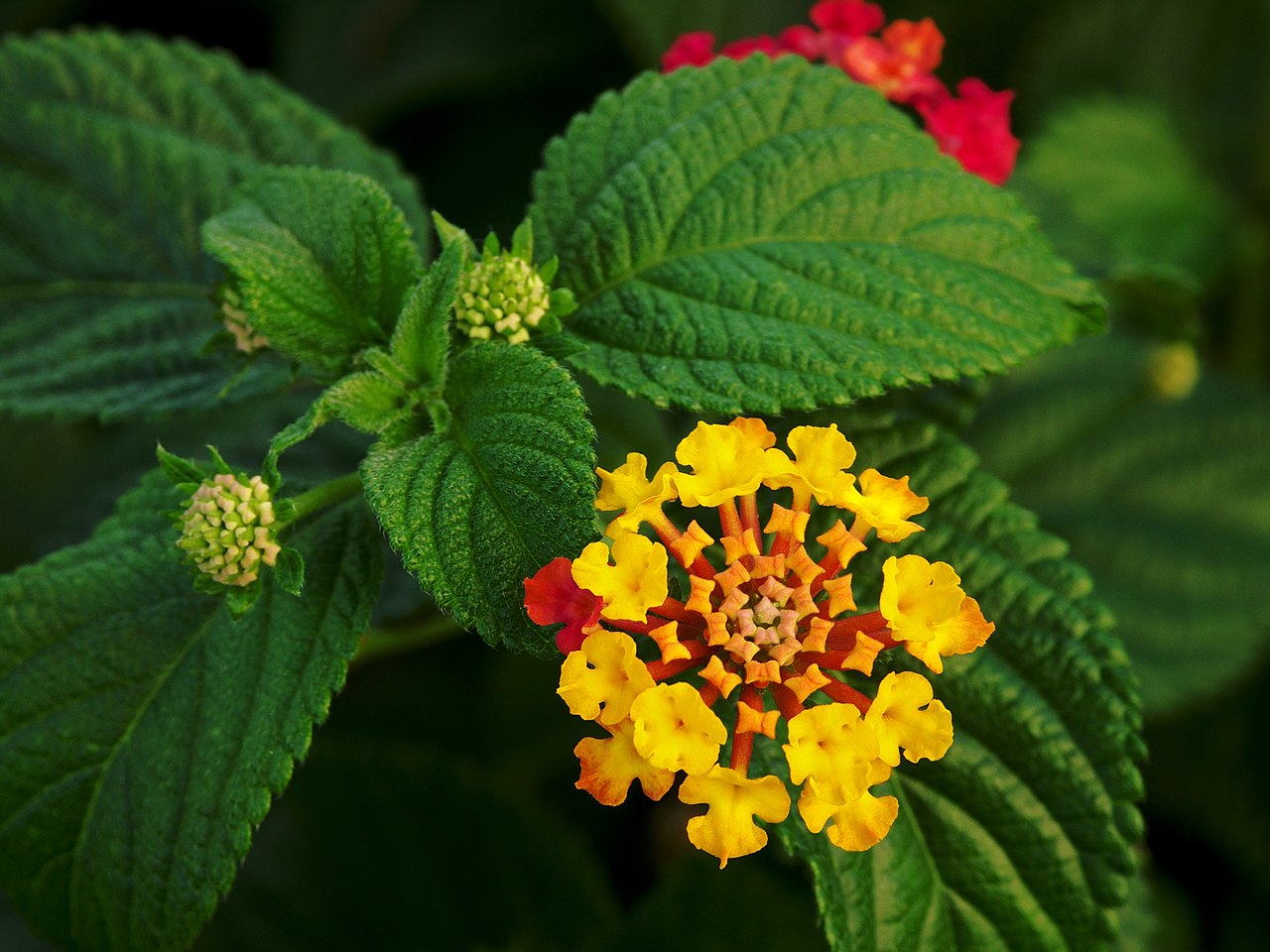
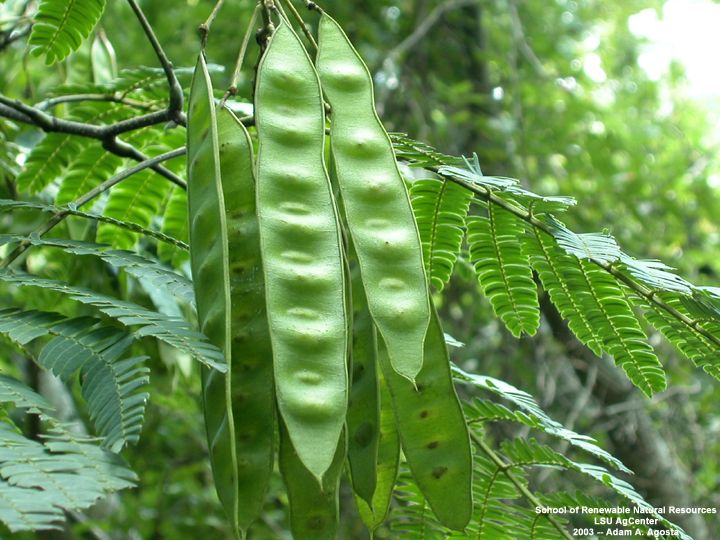
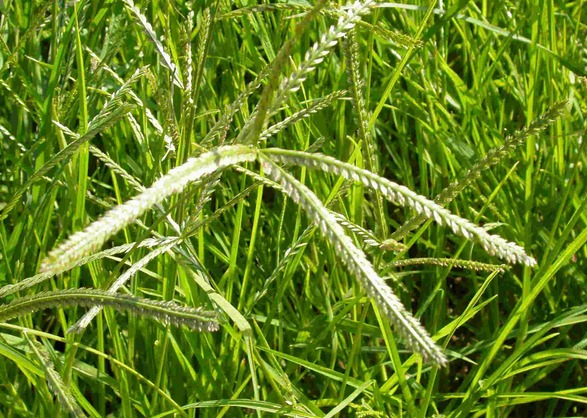
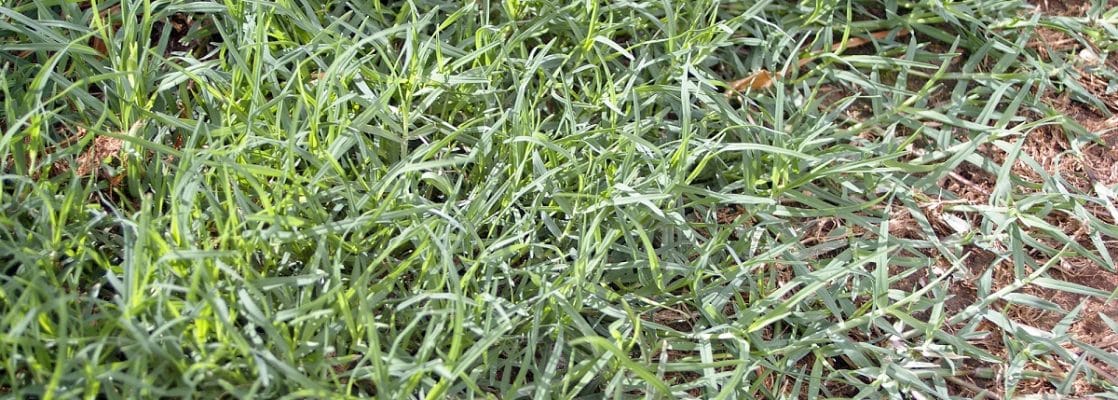
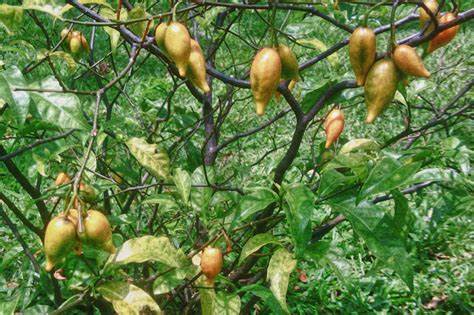
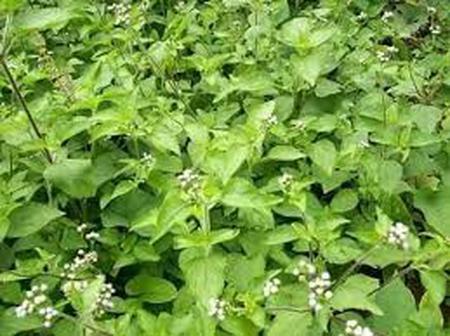
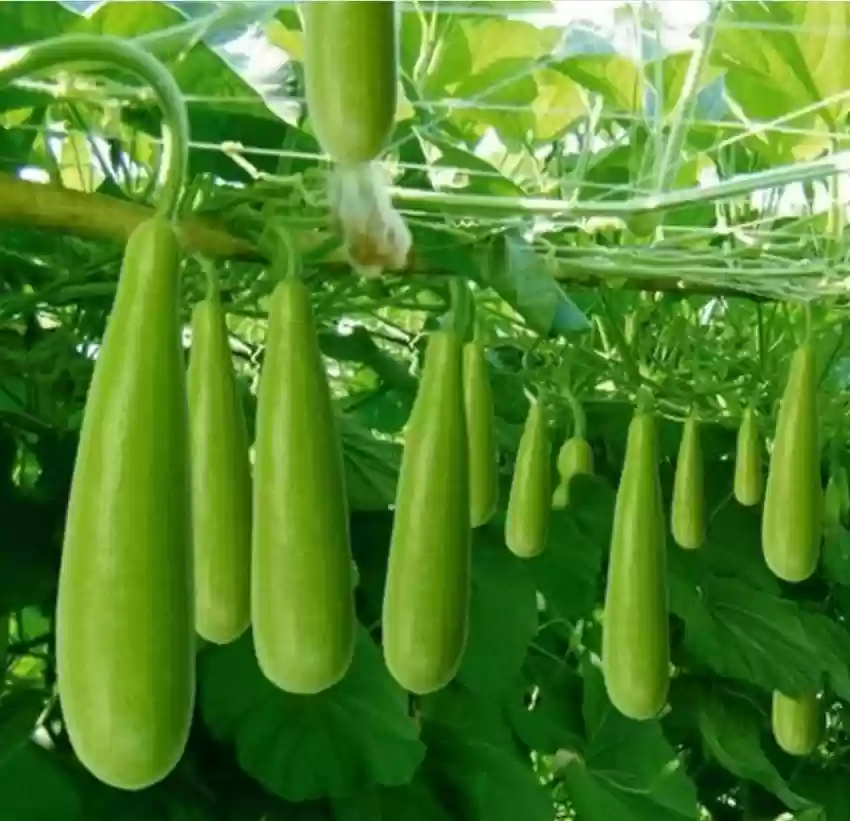

Review Lantana Plant (Lantana camara).
You must be logged in to post a review.